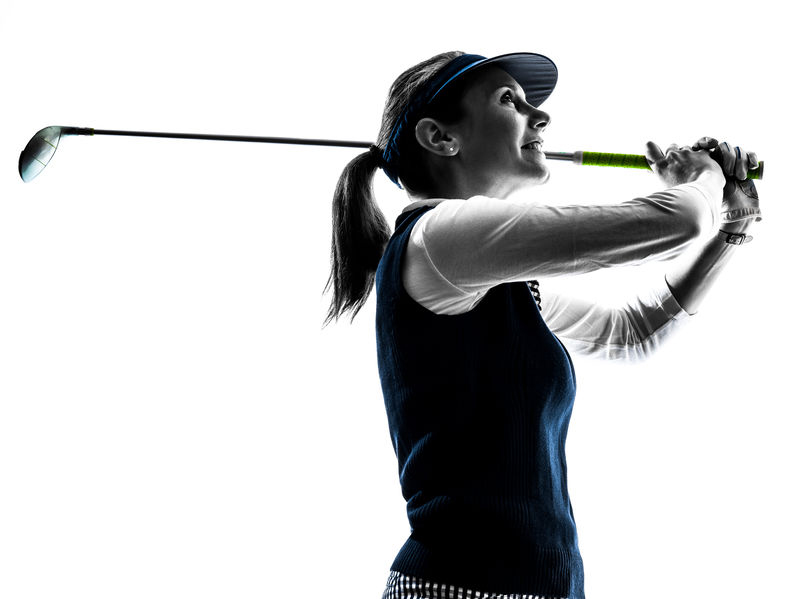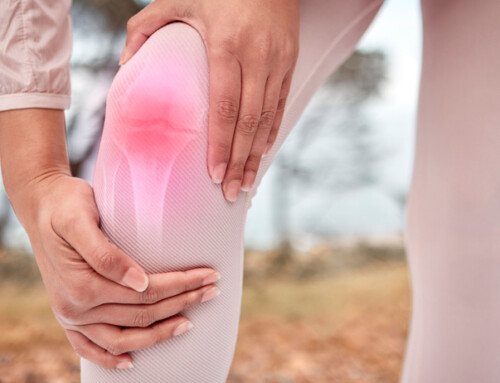by Olivia Weiderman
Golf is a worldwide sport played by individuals of all ages and all skill levels. While it is a great way to stay active and get outside, it does come with a risk of injury. Therefore, learning what to train and how to train can help reduce the likelihood of injury, promote safety, and optimize performance. Evaluating someone’s golf swing involves a comprehensive assessment of each distinct phase and a detailed breakdown of the mechanics involved in producing the movement. To determine the possible cause of faulty swing mechanics, a physical examination is completed in which the golfer will go through a series of specific tests based off any deficits highlighted during the movement analysis portion of the assessment. Once a problem is identified, a Titleist Performance Institute (TPI) certified physical therapist can provide specific exercise instruction to help not only improve swing efficiency, but also reduce the risk of future injury. One thing to be aware of is that there is no gold standard for a golf swing. Every individual has their own perfect swing that is custom to their body and their game.
Inefficient Swing Characteristics and Injury
There are distinct movement patterns that should be executed throughout each phase of the swing. When these characteristics are not achieved, you could place yourself at a higher risk for injury. For example, during your setup for a swing, if your posture is not aligned and you create too much of an arc in your lower back, you are placing an excessive amount of stress on the muscles and structures in this area. This increased stress in the back causes your core muscles to relax which then diminishes your posture during your downswing. These muscle imbalances directly affect the movement pattern you execute and in return can lead to injury over time. Other contributing factors to poor swing mechanics that can increase your likelihood of injury include:
- Weakness
- Mobility deficits
- Muscle tightness
- Lack of core stability
- Balance deficits
- Poor posture
All these factors can impact your ability to generate power and produce a smooth sequenced swing. When these factors are present it can cause pain during play which potentially could lead to the development of compensatory patterns in an effort to avoid pain.
How Physical Therapy Can Help Your Golf Swing
- Identification of muscle imbalance, poor posture, muscle tightness, and balance deficits
- Patient education on proper body mechanics and safety
- Injury prevention through personalized exercise prescription
References
- Bourgain M, Rouch P, Rouillon O, Thoreux P, Sauret C. Golf swing biomechanics: a systematic review and methodological recommendations for kinematics. Sports (Basel). 2022;10(6):91. doi:10.3390/sports10060091
- MyTPI. https://www.mytpi.com/certification
- Sheehan WB, Bower RG, Watsford ML. Physical determinants of golf swing performance: a review. J Strength Cond Res. 2022;36(1):289-297. doi:10.1519/JSC.0000000000003411
If you are looking to improve your golf swing, contact us today via our contact form, or call us directly at our physical therapy clinics in Malta, Saratoga, Delmar or Queensbury at 518-289-5242 for a personal evaluation, and find out how we can get you swinging!






